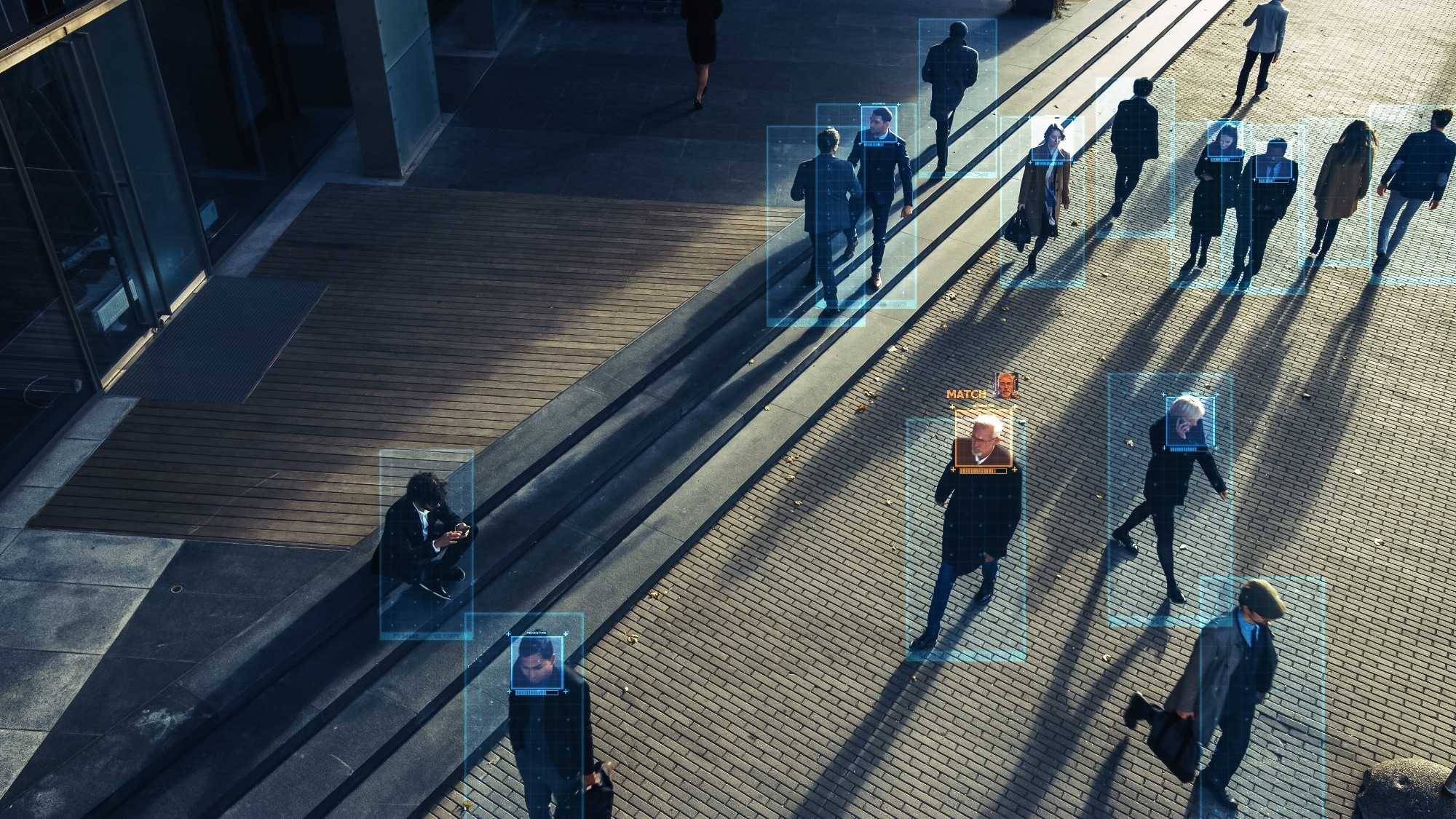In a recent publication in the journal Scientific Reports, researchers introduced a deep learning-based approach designed for long-distance face recognition within security applications.
 Study: Enhancing Security in Smart Cities: Long-Distance Facial Recognition. Image credit: Gorodenkoff/Shutterstock
Study: Enhancing Security in Smart Cities: Long-Distance Facial Recognition. Image credit: Gorodenkoff/Shutterstock
Background
Facial recognition has evolved into a vital component of security systems across various scales in smart cities. These systems play a pivotal role in human activity recognition (HAR), encompassing identity authentication, video surveillance, access control, and traffic management. The widespread use of facial recognition in public spaces is establishing it as a fundamental element in ensuring safety. The global market for facial recognition technology is expected to reach around $10 billion by 2028.
Advancements in artificial intelligence (AI) and machine learning have opened new avenues in computer vision. Deep learning methods have achieved remarkable accuracy, even in challenging datasets, aiding crime prevention through security camera recordings. However, real-world scenarios have many complexities. Surveillance cameras often lack optimal positioning, resulting in poor image quality. Weather conditions and lighting can further hinder image quality, and outdated cameras may be used. These challenges extend to long-distance face recognition, a critical aspect of smart city operations.
In video surveillance applications, facial recognition at a distance faces challenges due to image quality and hardware limitations. The current study aims to investigate current image sensor behavior at long distances and assess the proposed face recognition algorithm's performance with low-resolution images. The goal is to determine recognition accuracy concerning individuals' distance from the camera lens.
Implementation of a facial recognition system
The implementation of the facial recognition system in this work involves the extraction of faces from surveillance camera images. Deep learning models were utilized for user recognition, and the system was tested with various commercial image sensors at different distances.
The implementation incorporates machine learning and deep learning techniques using Python as the programming language. Transfer learning is employed to optimize results and reduce training time. The overall architecture consists of several key steps:
Face Detection: For face detection, the system employs the Single Shot Detector (SSD) technique with a residual network (ResNet)-10 model. This model is termed res10-SSD. This model locates faces effectively in training and test datasets, facilitating subsequent facial recognition.
Facial Recognition: Following face detection, facial recognition relies on a feature extractor based on the VGG_Face model. The system calculates cosine distances between feature vectors obtained from detected faces in input images and those from the training dataset. A one-shot learning technique is applied for classification.
Face Recognition At a Distance (FRAD) Dataset: To address the scarcity of facial image databases at varying distances due to data protection laws, a realistic extended dataset was created. It accounts for how larger sensors capture more detailed images of individuals at different distances. The size of a person's face in pixels at a specific distance can be estimated using focal length, object distance, sensor size, and aspect ratio. This approach facilitates the synthetic expansion of datasets, enabling a study of sensor performance for object (face) recognition at various distances. Synthetic, low-resolution images yield acceptable results due to the absence of suitable real datasets.
Evaluation of the proposed system on different datasets
The research aims to evaluate the performance of nine different commercial image sensors for face recognition across various distances (1 to 20 meters). Due to data privacy constraints, two datasets were employed:
Georgia Tech Face Database: This dataset comprises images of 50 individuals in controlled indoor settings with varying poses. The images were captured at near-field distances (0.5 to 1 meter) with a sensor resolution of 640 × 480 pixels.
Quality Dataset for Distance Faces (QDF): This dataset contains images of 100 subjects captured at different distances, poses, partial occlusion, and lighting conditions using a Nikon D-5200 camera with resolutions up to 1920 × 1080 pixels.
To create a comprehensive dataset, 15 subjects from each dataset were selected. Synthetic images at distances ranging from 1 to 20 meters were generated for each sensor, resulting in 9,000 images for model training and testing. For facial detection, the pre-trained model res10-SSD was utilized, optimized for single-face detection. The evaluation employed leave-one-out cross-validation for distances ranging from 1 to 20 meters.
The results indicate that balanced pixel size and megapixels positively impact sensor performance. The Support Vector Machine (SVM) model emerged as the best classifier. Increasing the lens focal length improved recognition quality for some sensors, enabling over 90 percent accuracy at 20 meters. The proposed system consistently achieves accuracy rates exceeding 99 percent across multiple sensors.
Additionally, it facilitates determining the maximum allowable distance for a sensor to achieve the necessary recognition accuracy, which is a crucial consideration in security applications within smart cities. Comparing these results with related works demonstrates that the proposed system exhibits high accuracy, making it a valuable tool for distance-based face recognition and sensor selection in surveillance cameras. Thus, the proposed system contributes to enhanced security in smart cities.
Conclusion
In summary, researchers proposed a system for safety and security through monitoring and surveillance systems in the context of smart cities. The proposed system addresses the challenges of facial recognition at various distances. It also presents a methodology to generate datasets for different sensors. Some sensors achieved over 99 percent accuracy for distances of 1 to 20 meters. Further results with real-world surveillance images offer promising opportunities for selecting suitable image sensors for specific applications.
Journal reference:
- Llauradó, J.M., Pujol, F.A., Tomás, D., Visvizi, A., and Pujol, M. (2023). Study of image sensors for enhanced face recognition at a distance in the Smart City context. Scientific Reports 13, 14713. DOI: https://doi.org/10.1038/s41598-023-40110-y, https://www.nature.com/articles/s41598-023-40110-y